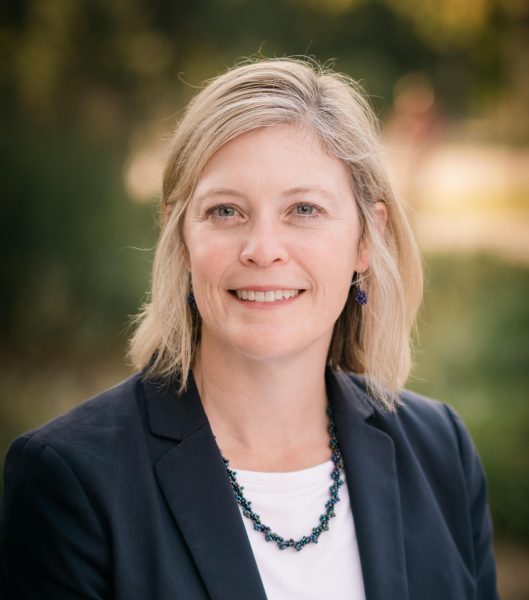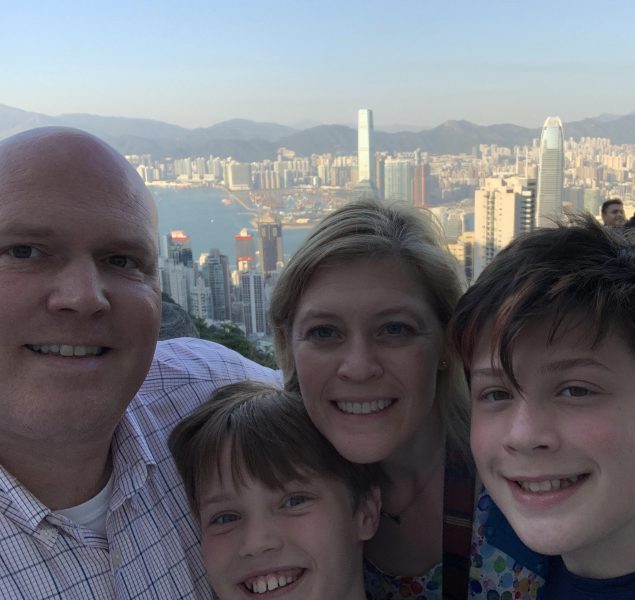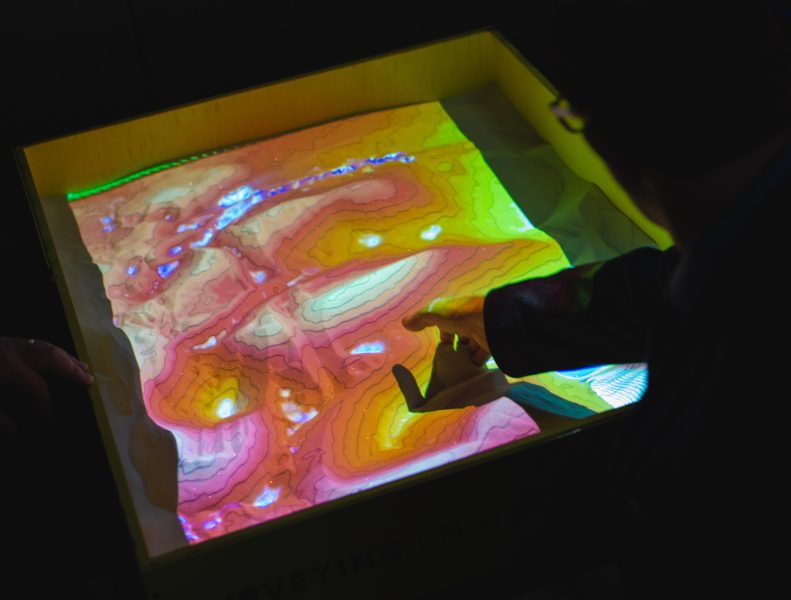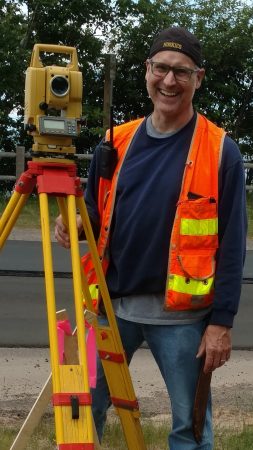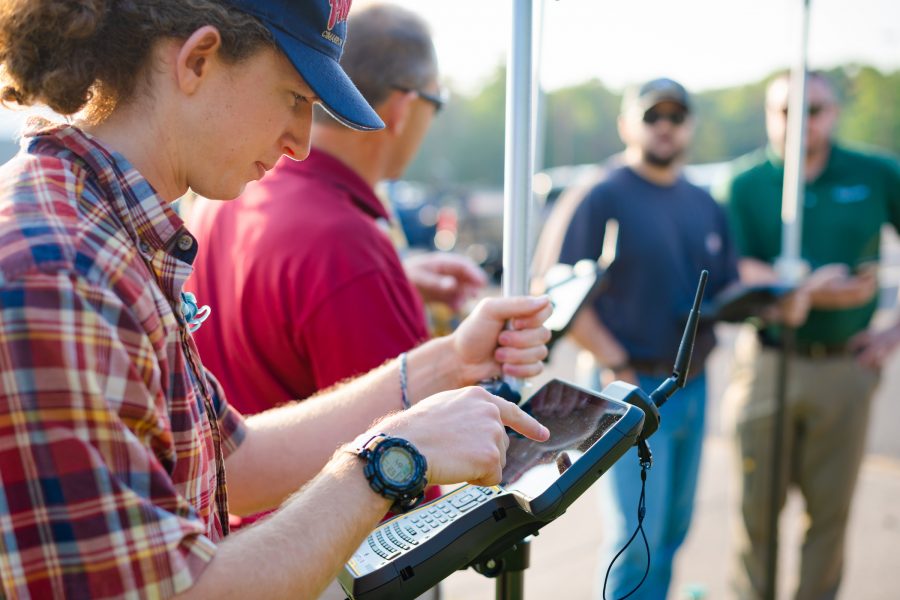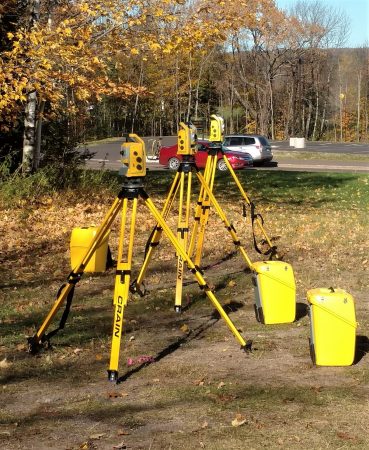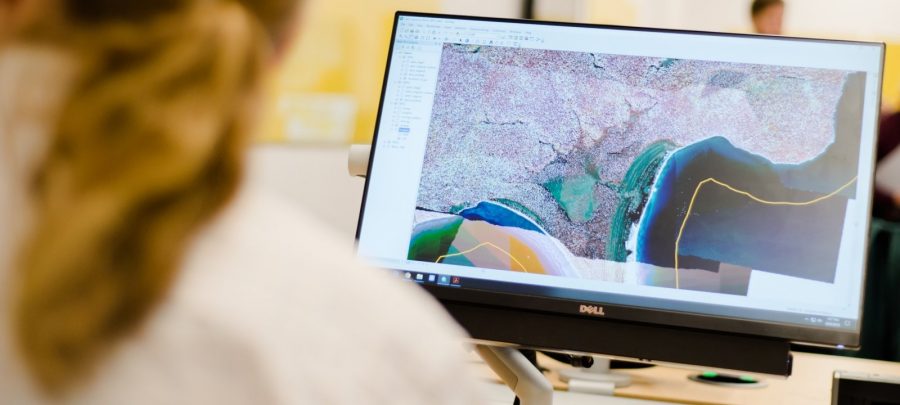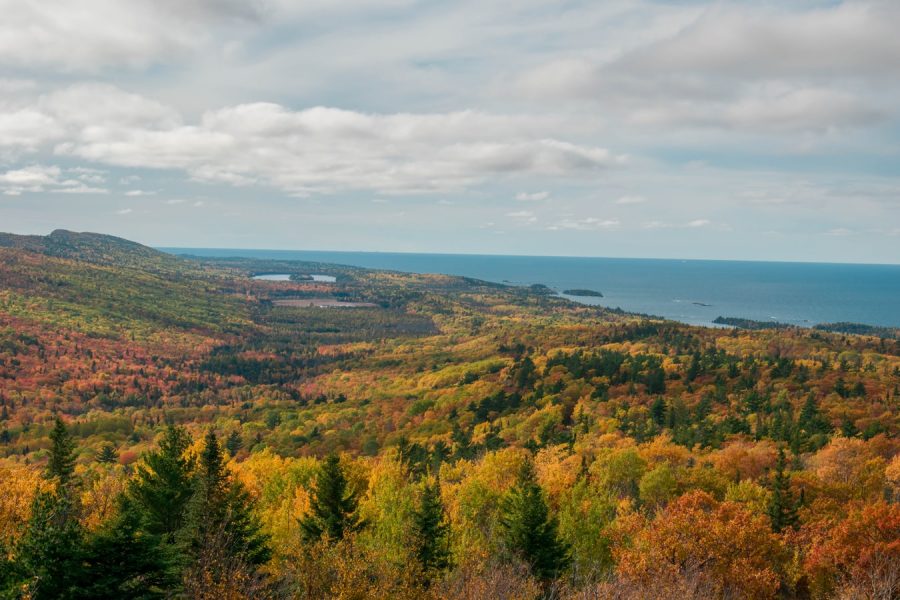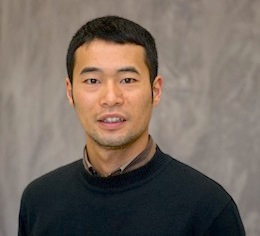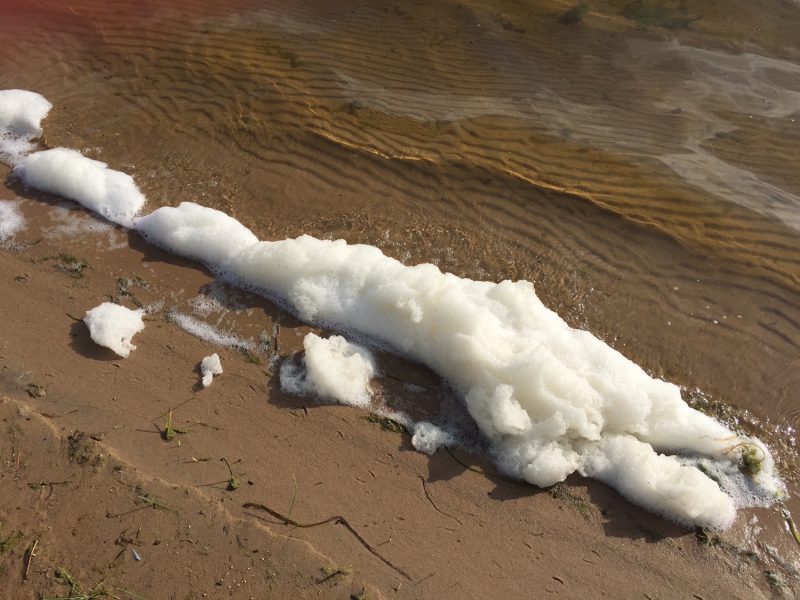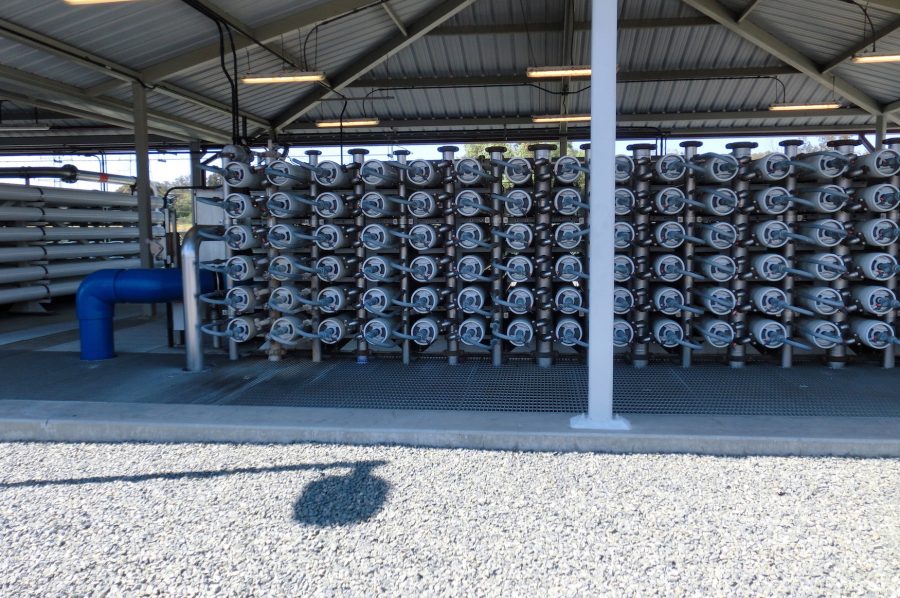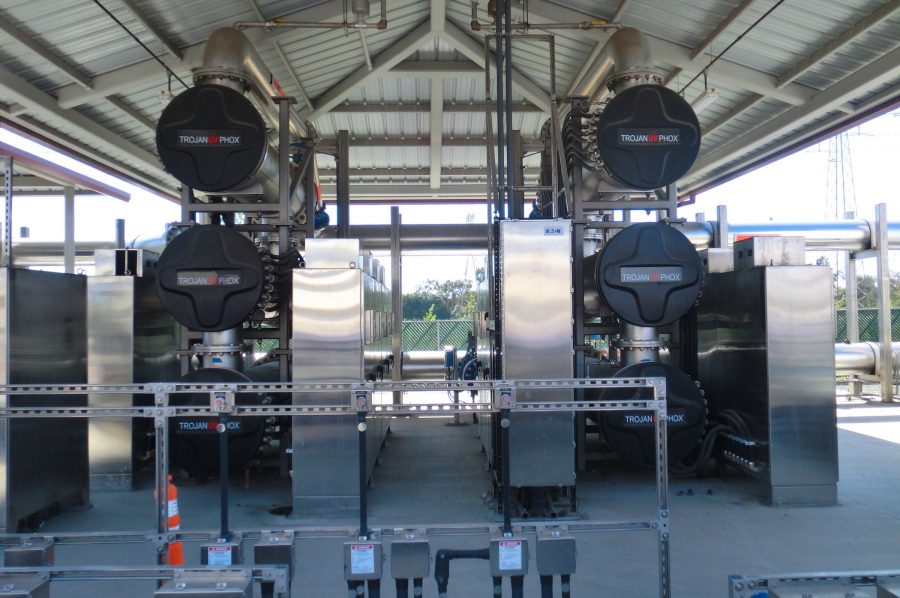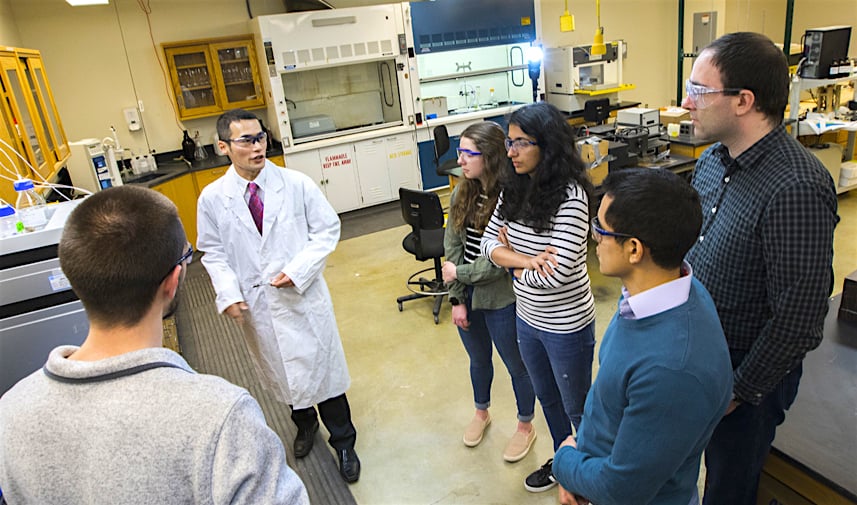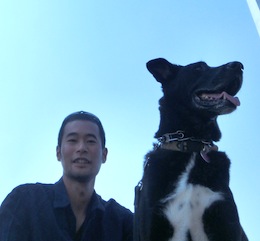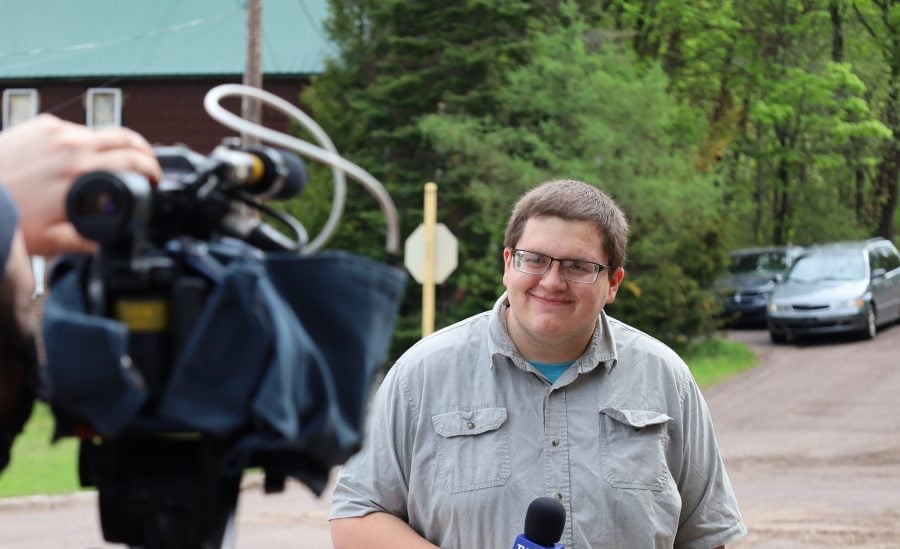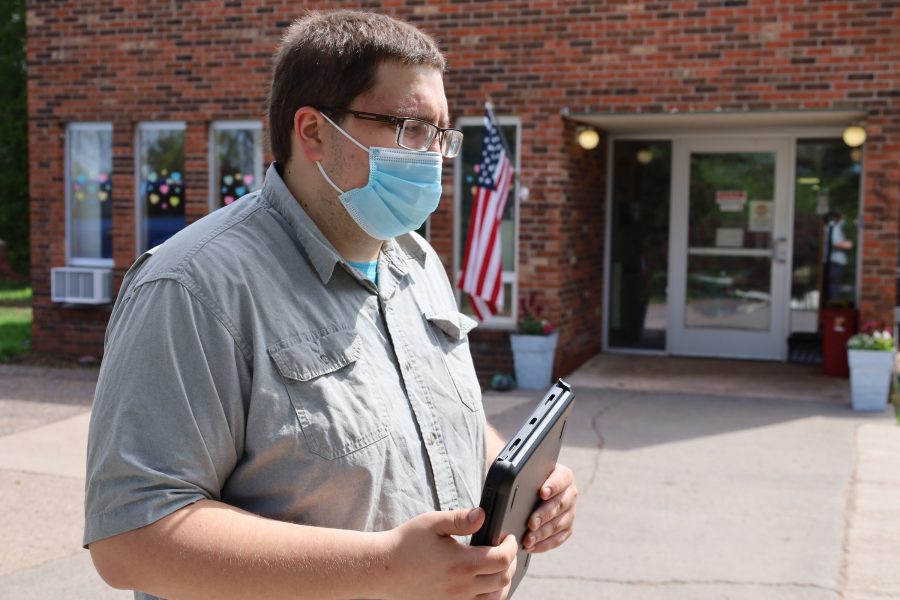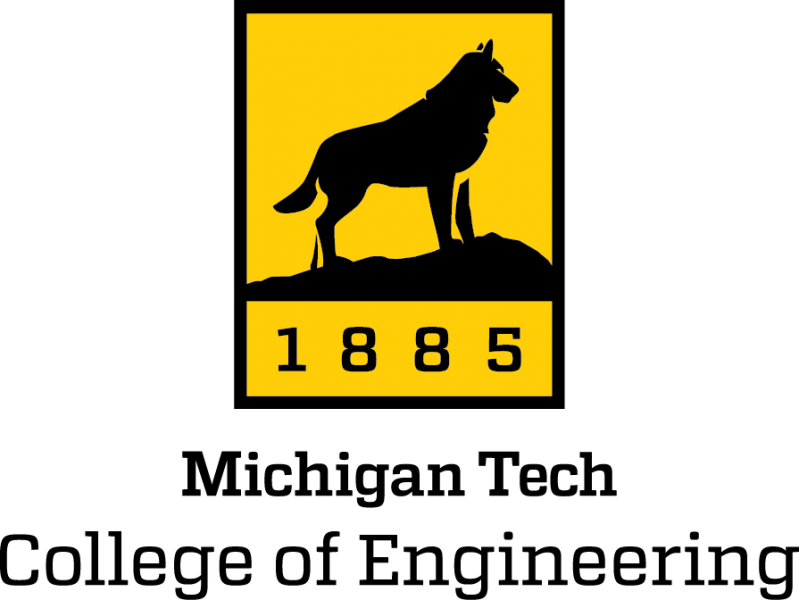
Bill Sproule shares his knowledge on Husky Bites, a free, interactive webinar on Monday, September 21 at 6 pm EST. Learn something new in just 20 minutes, with time after for Q&A! Get the full scoop and register at mtu.edu/huskybites.

What are you doing for supper this Monday night at 6? How about grabbing a bite with Bill Sproule, hockey historian and Michigan Tech civil and environmental engineering professor emeritus, along with Michigan Tech alumnus John Scott, NHL All-Star MVP?
Sproule’s research into hockey history began about 15 years ago when he first volunteered to teach a class on the subject at Michigan Tech. During Husky Bites he plans to share the history of the Stanley Cup and tell how a Canadian-born dentist, Doc Gibson, and his “partner in crime” Houghton entrepreneur James Dee made Houghton the birthplace of professional hockey, several years before the National Hockey League came into existence. He’ll also discuss the role Gibson and Dee played in Michigan Tech hockey.
Serving as co-host along with Dean Janet Callahan during this session of Husky Bites is John Scott, an inspiration to many and the embodiment of Husky tenacity.
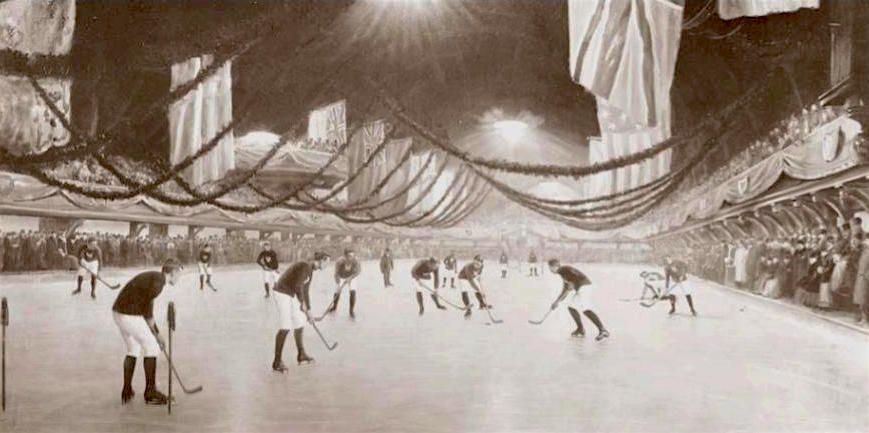
Sproule and Scott two have a lot in common. A love of hockey, for one. A fondness for Houghton, for another. Both born in Canada. They’re both retired—but not really retired. They’re both authors. Finally, they’re both Michigan Tech engineering alums. Sproule earned his BS in Civil Engineering in 1970. Scott, a practicing engineer, graduated with his BS in Mechanical Engineering 2010.
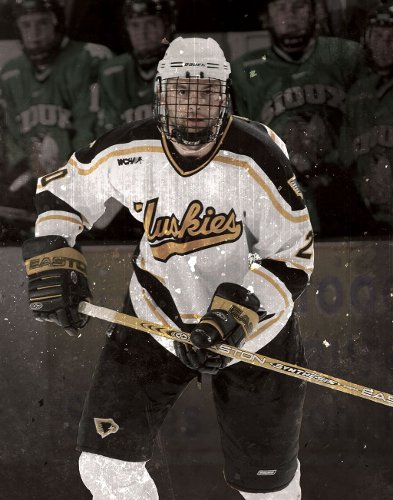
In college, Scott had no professional hockey ambitions. That was until he met former Huskies Hockey Assistant Coach Ian Kallay. “He said, ‘You can do this. You can make a career out of this. If you put in the work, put in the hours.’ It was a huge moment for me,” Scott recalled.
How does his ME degree impact his game? “It definitely helps me pass a puck. I’m better than most at figuring out a bank pass off the boards. And most guys sharpen their skates to one-half of an inch. But I know how to increase—or not increase—my bore,” he said.
Scott’s wife, alumna Danielle Scott, who earned a BS in biomedical engineering from Michigan Tech in 2006, stepped away from her role with leading biomed company Boston Scientific to care for the couple’s six daughters, one just a few months old. Their oldest is now 8. John works with a mechanical engineering consulting firm in Traverse City. His podcast, Dropping The Gloves, also keeps him busy. “That’s where we talk about hockey, family, and all other things that are going on in my life post-NHL.”
Scott’s number one job, he firmly insists: family. That means raising his six daughters together with Danielle. He says he’s already hoping for number seven.

Professor Sproule, when did you first get into engineering? What sparked your interest?
Actually, engineering was not my first choice. I hoped to become an architect but wasn’t accepted into an architectural program. My uncle was a civil engineer, so that’s why I picked civi; I was thinking structural engineering would be similar to architecture, and I was right, in a way!
I spent my first two years learning at Lake Superior State, a branch of Michigan Tech at the time, then came to Houghton for my junior and senior years, where I took a few transportation courses. After graduating from Tech I headed to the University of Toronto for a master’s degree, specializing in transportation engineering.
After earning my graduate degree I worked for Transport Canada and then joined a transportation engineering consulting firm. I always wondered about teaching, and was hired by a community college to help teach their their transportation engineering program. Teaching soon became my passion. Then, I headed to Michigan State University where I earned my Ph.D. in civil engineering, specializing in airport planning and design. I also taught at the University of Alberta and did more consulting before deciding to join the birthplace of Hockey—and, the faculty at Michigan Tech—in 1995.
At Tech, in my role as professor, I conducted research and taught courses in transportation engineering, public transit, airport design, and hockey history. The hockey history course was always full. How in the world did I end up teaching hockey history? I’ll tell the full story during Husky Bites…
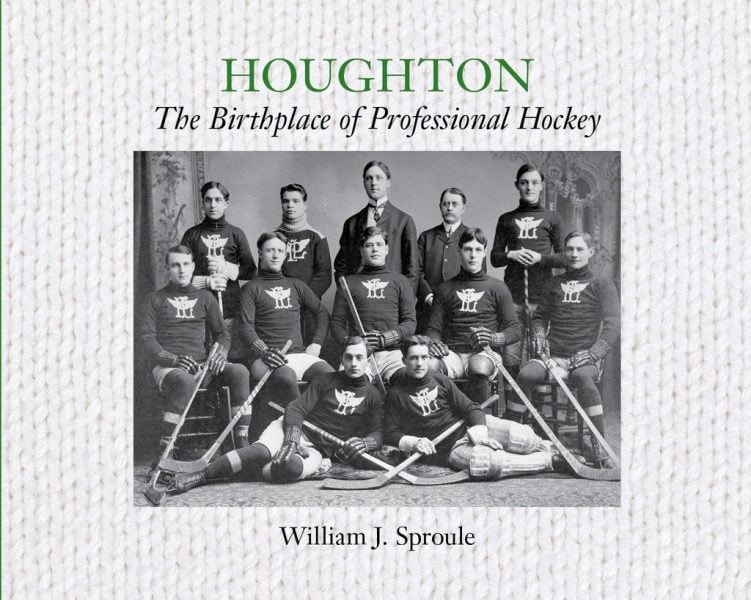
Family and Hobbies?
I was born and raised in Sault Ste. Marie, Ontario. My wife, Hilary was born and raised on a dairy farm north of Toronto, and earned her degrees from the University of Toronto and University of Alberta. We met in Toronto on a blind date. Together we raised two sons in Houghton. One graduated in engineering at Michigan Tech and Virginia Tech and now works in the Detroit area. The other is currently a graduate student in art history at Queen’s University in Kingston, Ontario, Canada. All the while Hilary taught in the Physical Therapy Assistance program at nearby Finlandia University.
We’re now retired, living here in Houghton. I’m still active on several professional committees and serve on the executive committee of the Society for International Hockey Research. I’ve taken a few online courses in my retirement, too: Hockey GM and Scouting, and Hockey Analytics.
I’ve penned two books, Copper Country Streetcars, and Houghton: The Birthplace of Professional Hockey. I’m currently working on my third book project, all about the history of Michigan Tech hockey—and doing some cartooning.
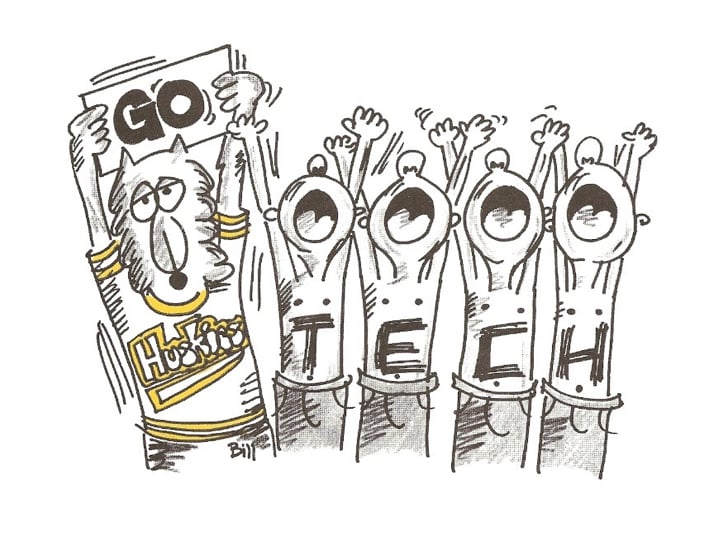
Read more:
Showing Off a Love of Hockey
Heart of a Husky
Save the Date!

